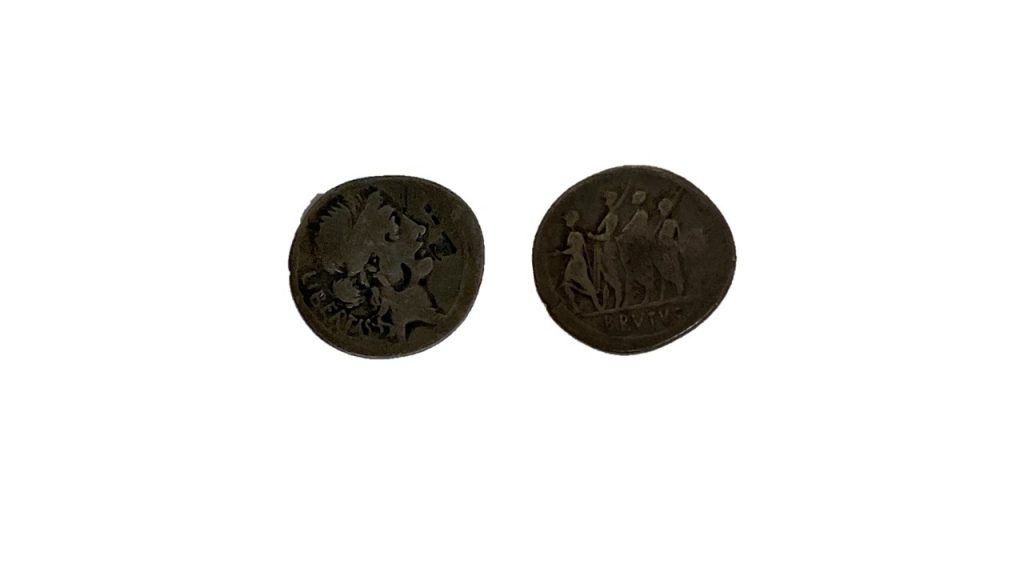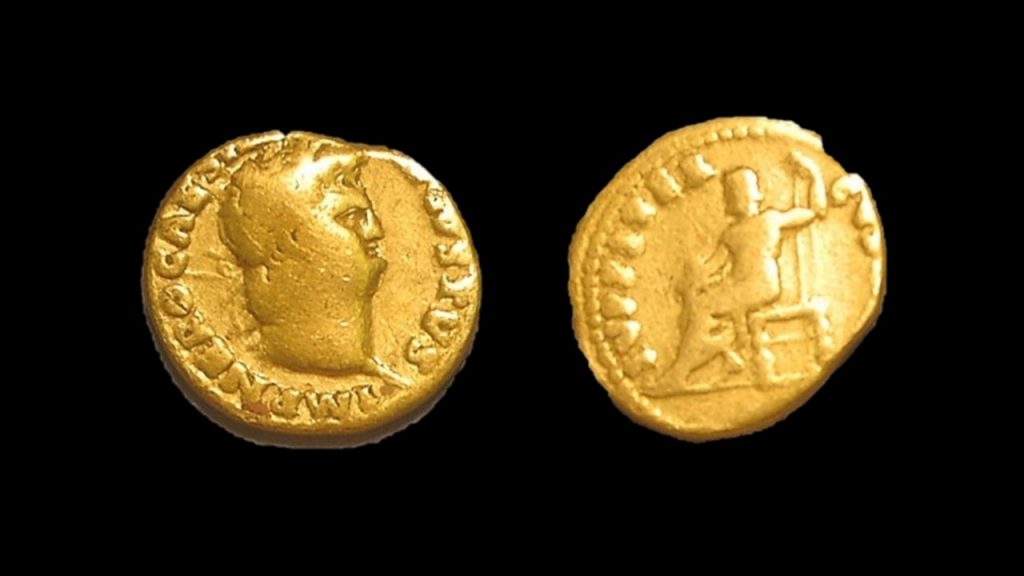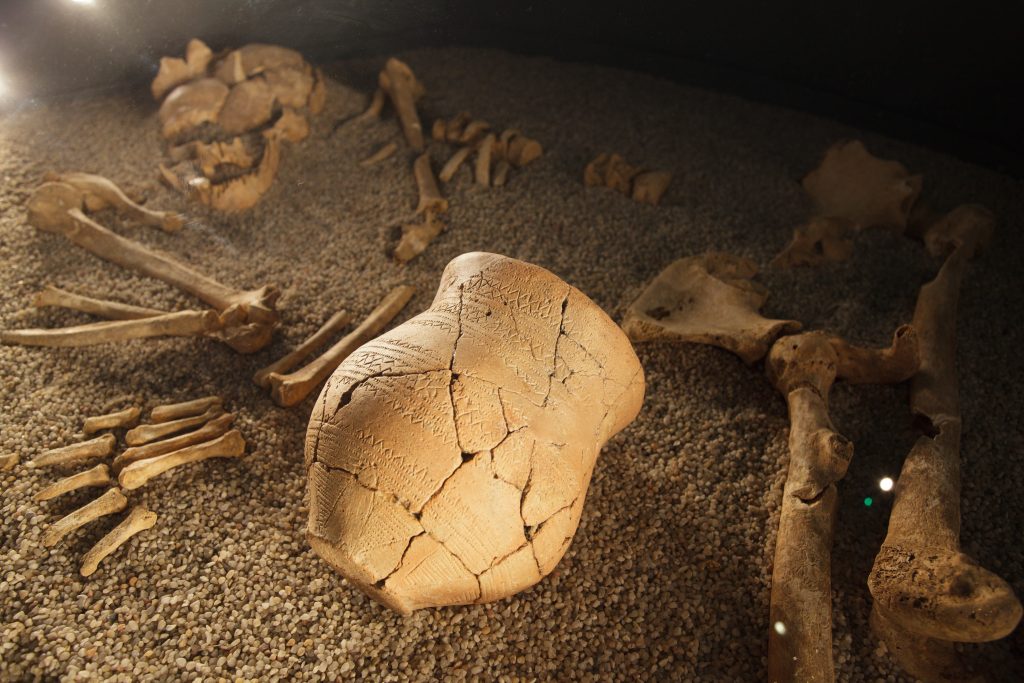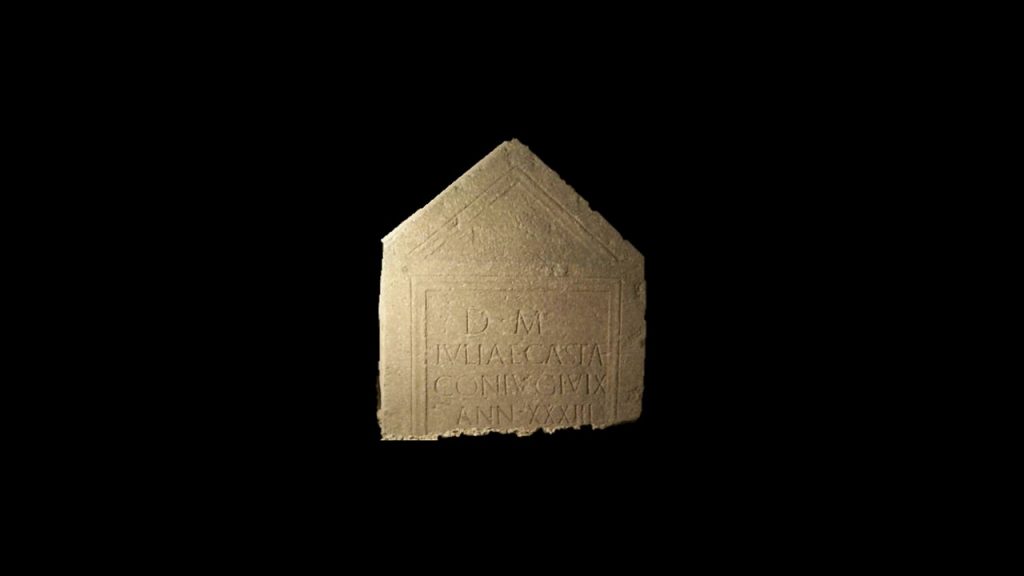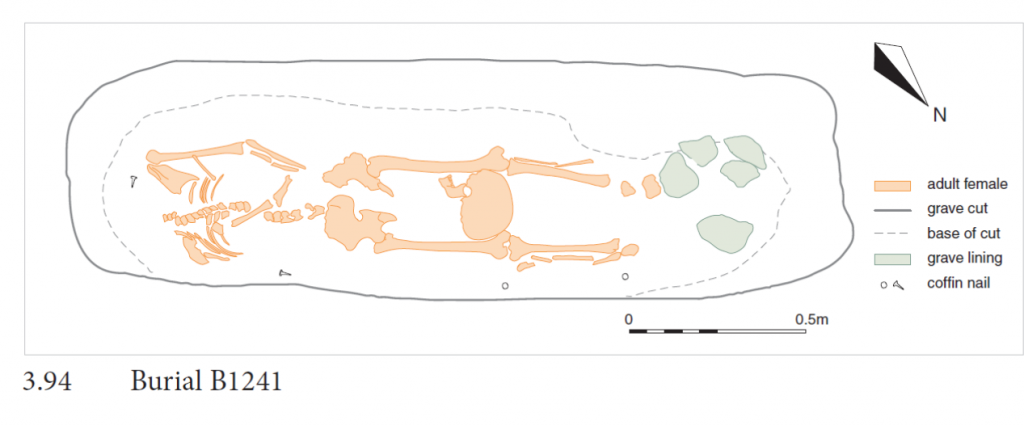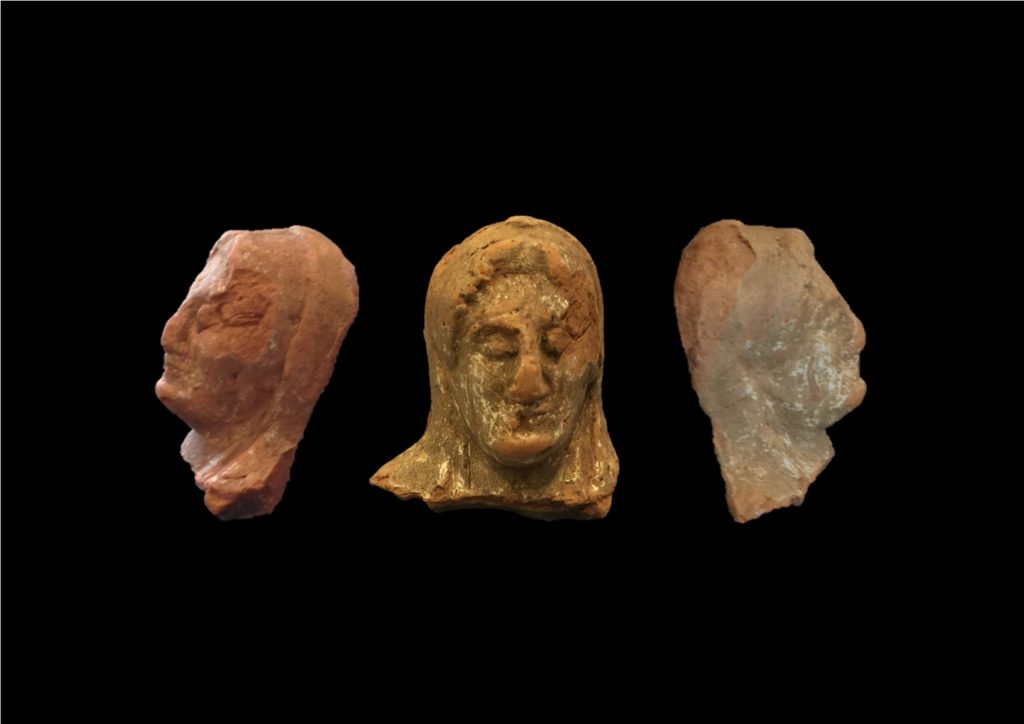Coins as Great Storytellers – Part 2
An emperor pairing himself with a god on a coin (as mentioned in the first part of this blog) is not unusual, however, we find many examples of this – Gordian, again from the third century, puts himself at the feet of Jupiter on the reverse of one of his coins to show his piety towards the king of gods and reverence for religion, perhaps in hope that it would help him ride through the many civil wars of that century; Domitian from the late first century AD, portrays the goddess Fortune with a cornucopia on the reverse of one of his coins, perhaps to show the success of one of the many military campaigns during his reign and to show the prosperity of the empire (as demonstrated by the cornucopia).



